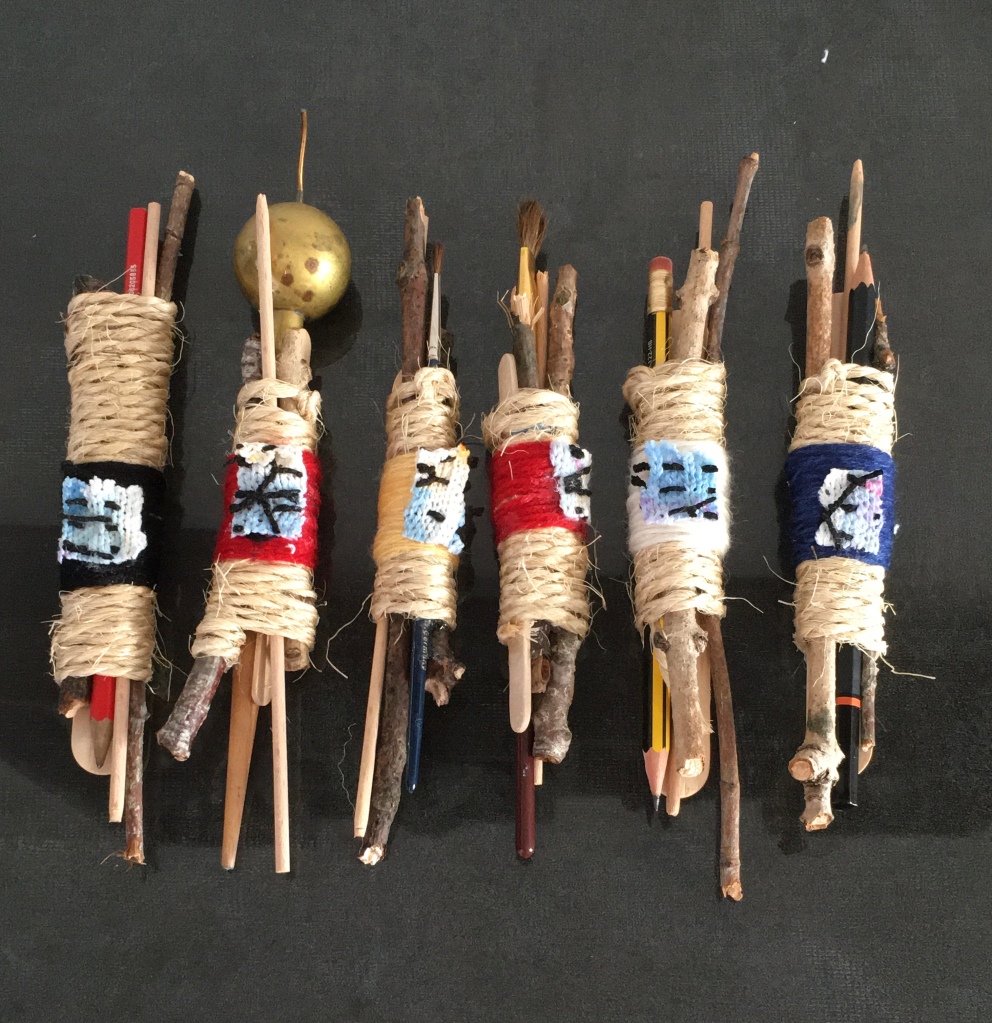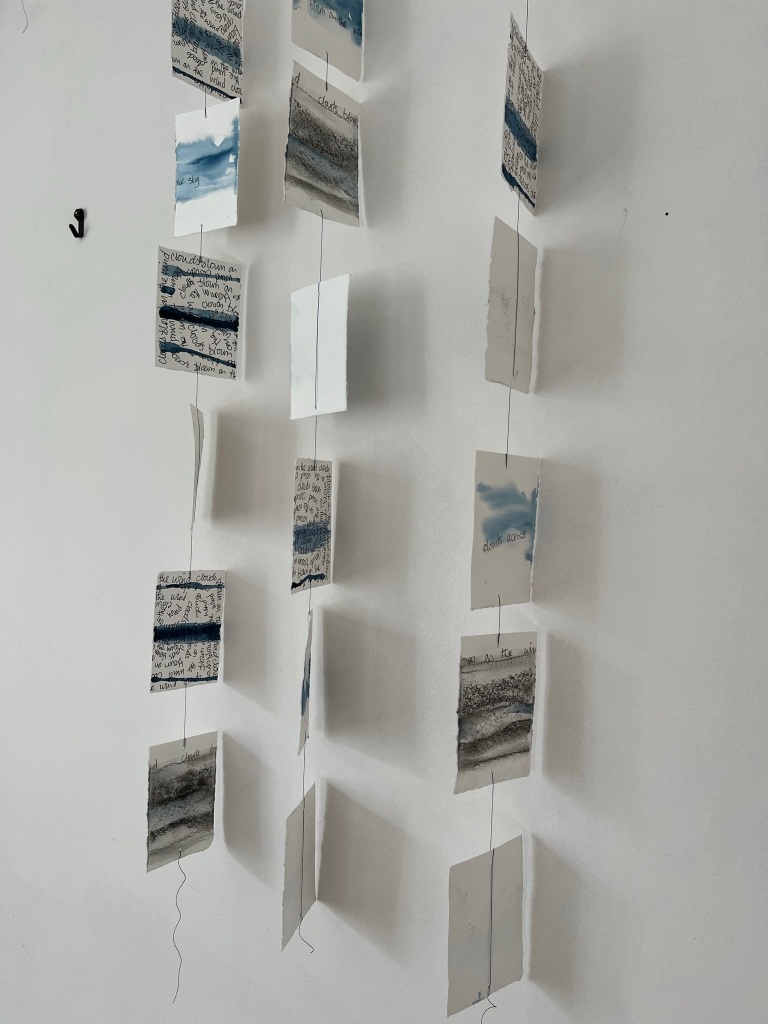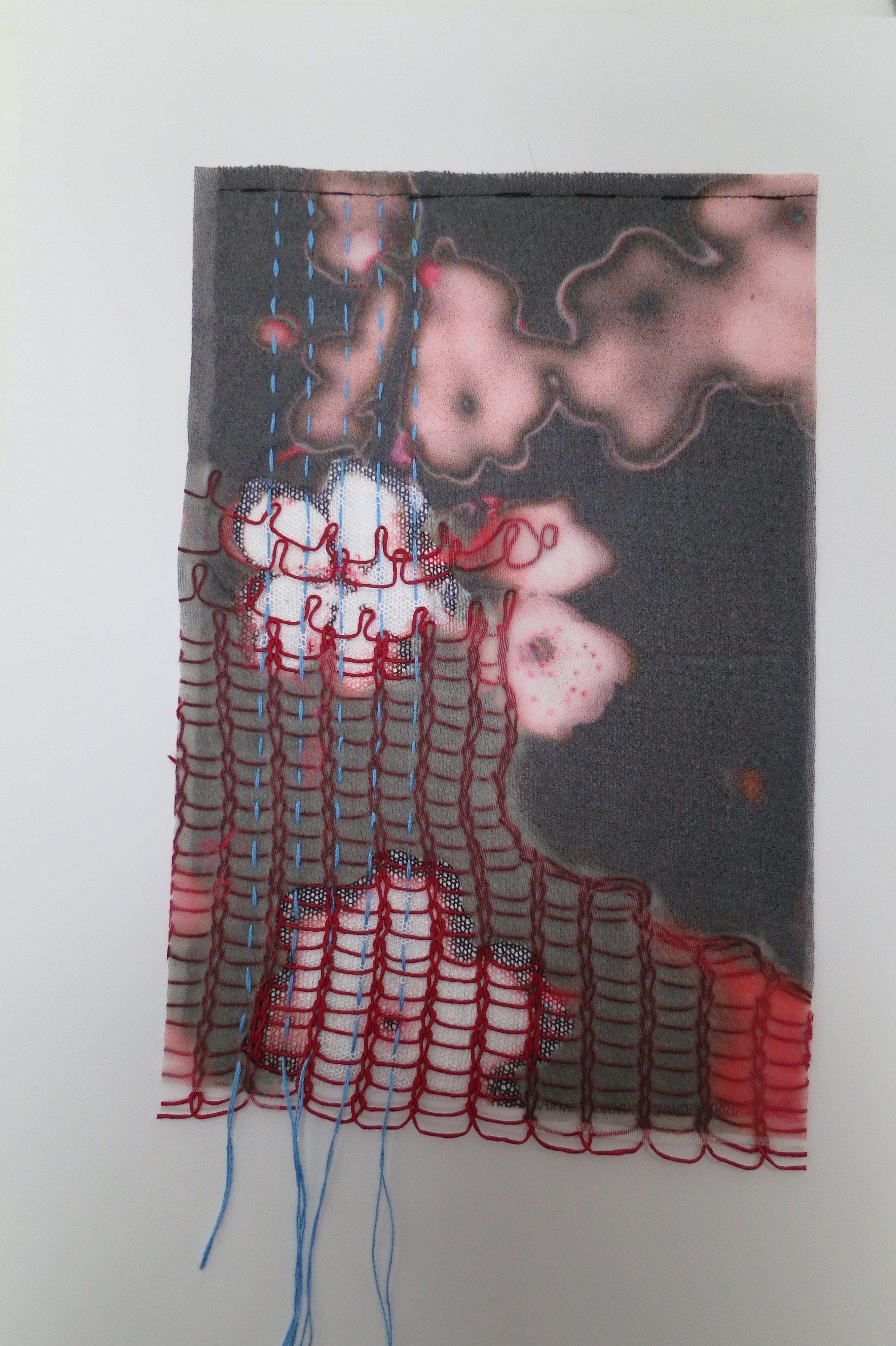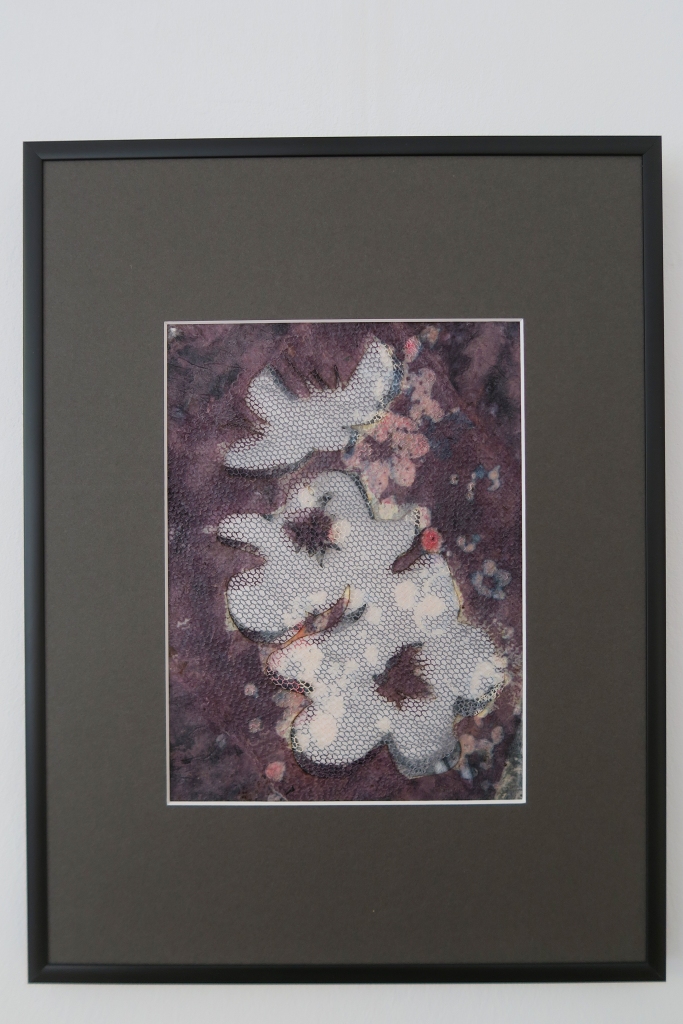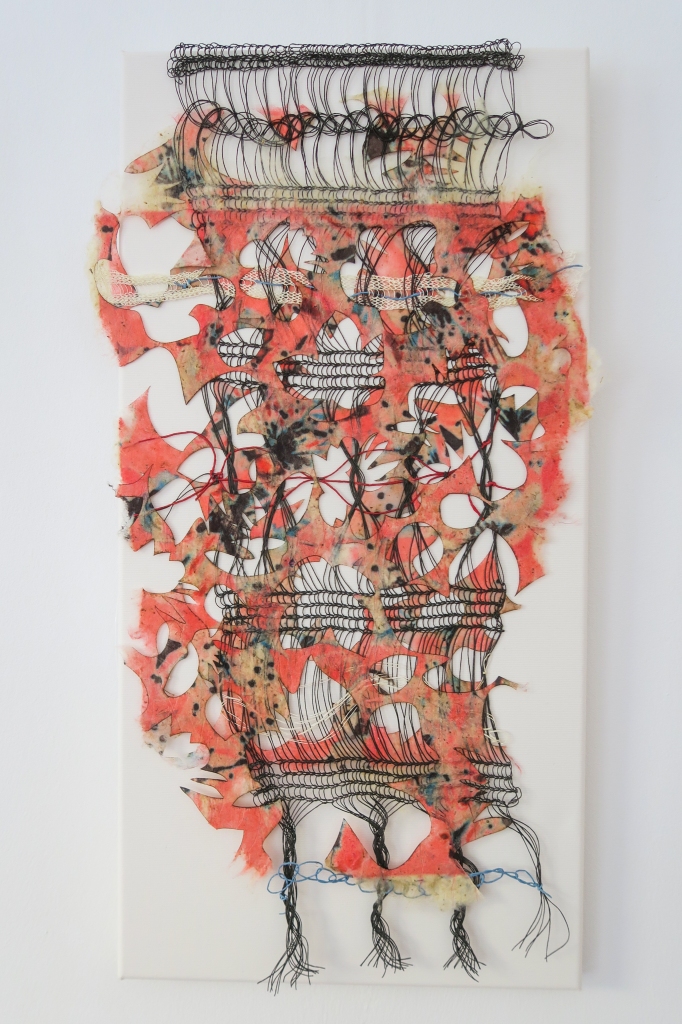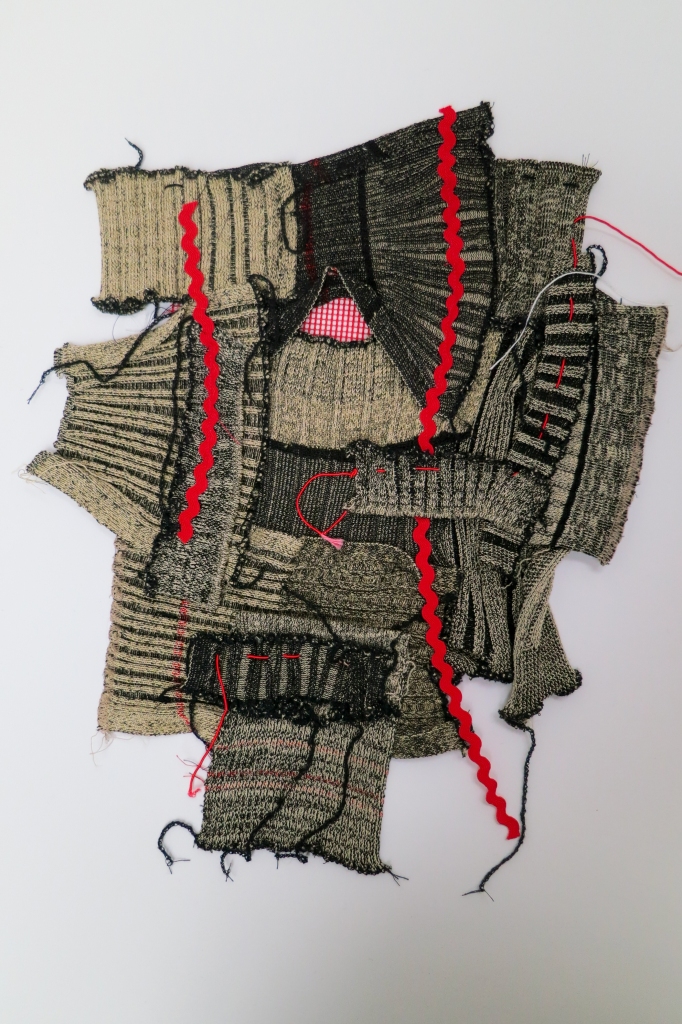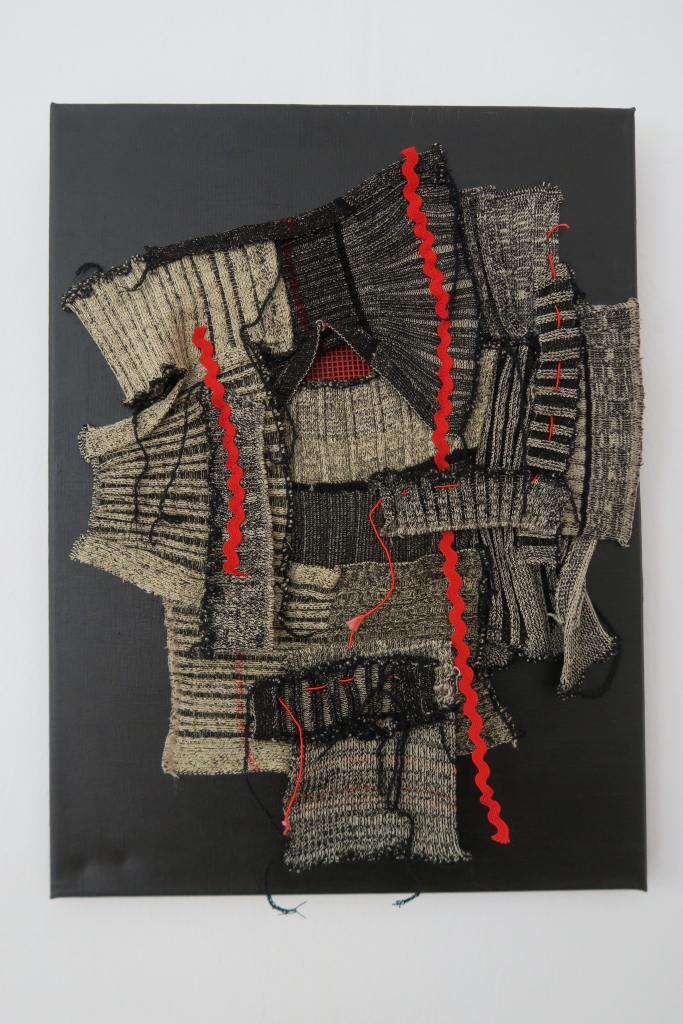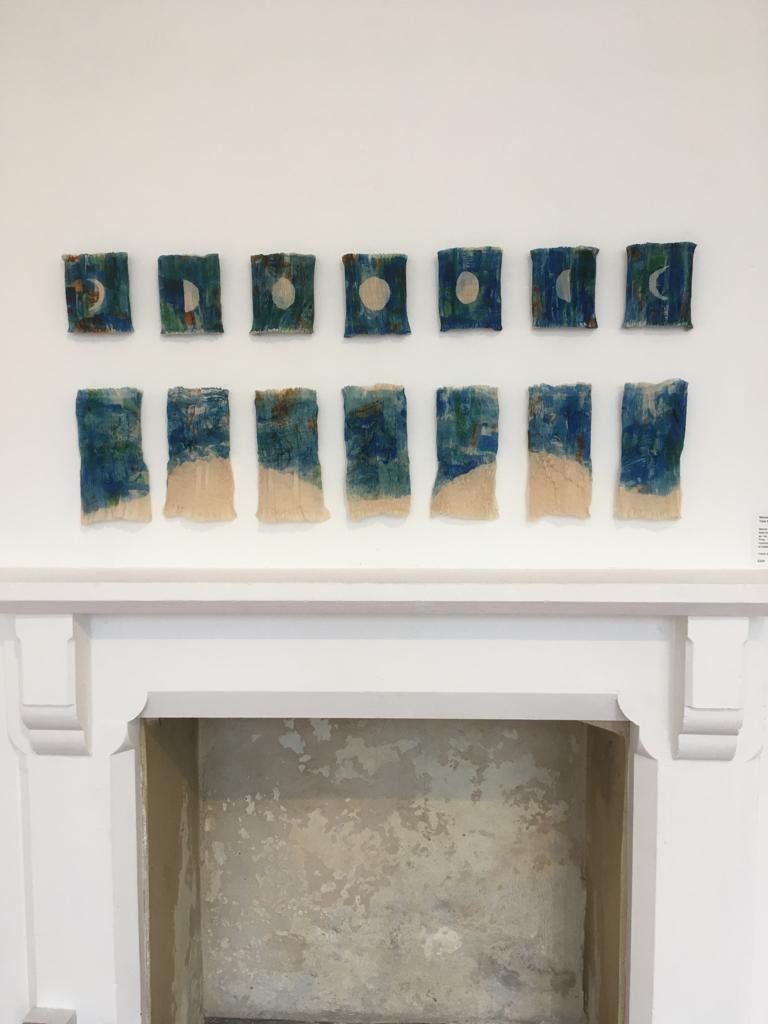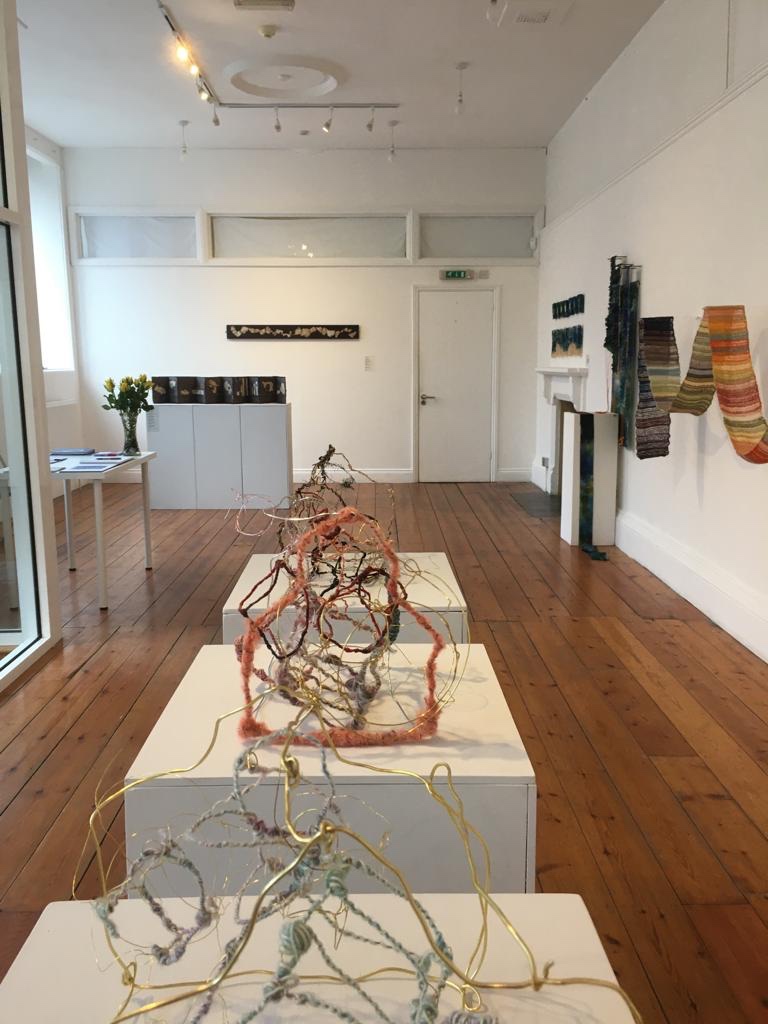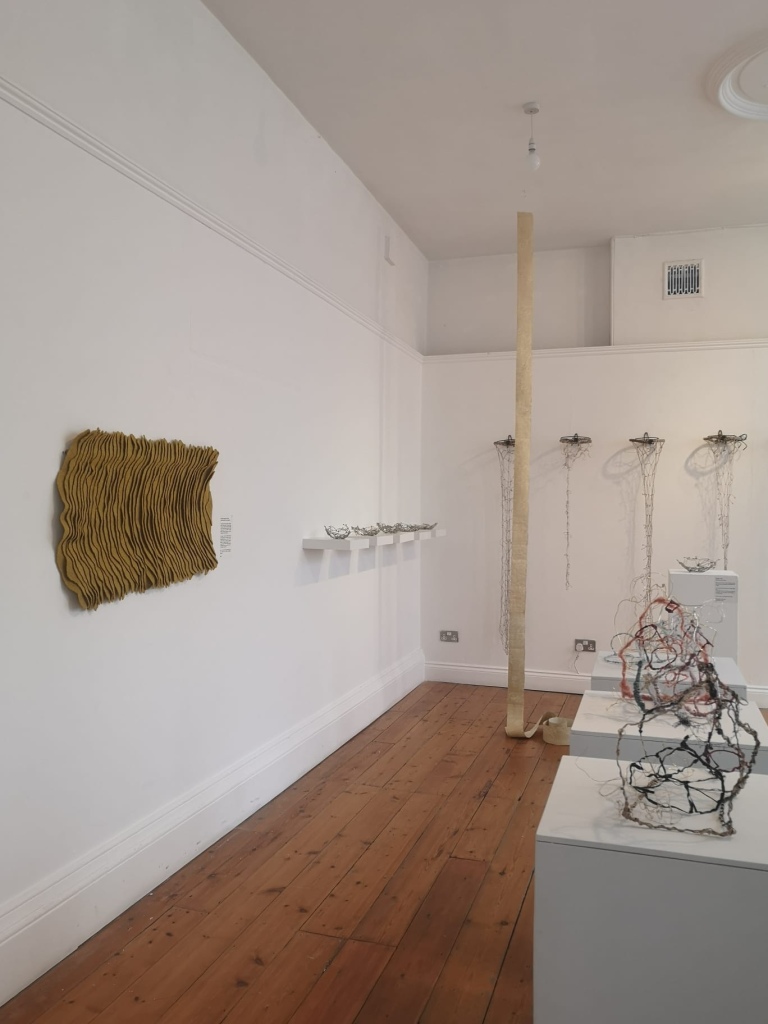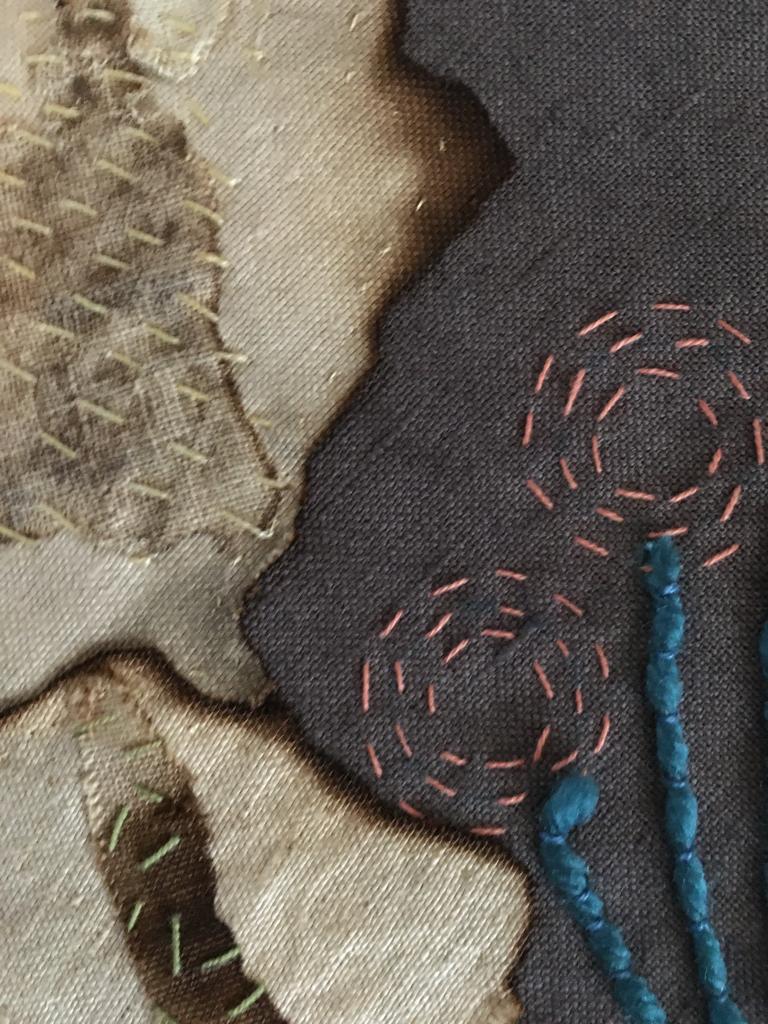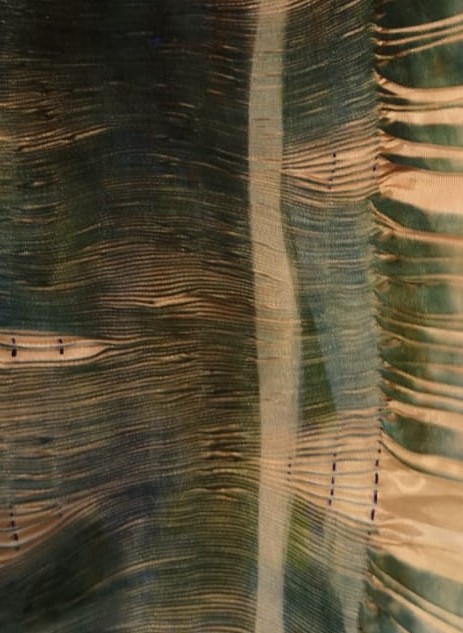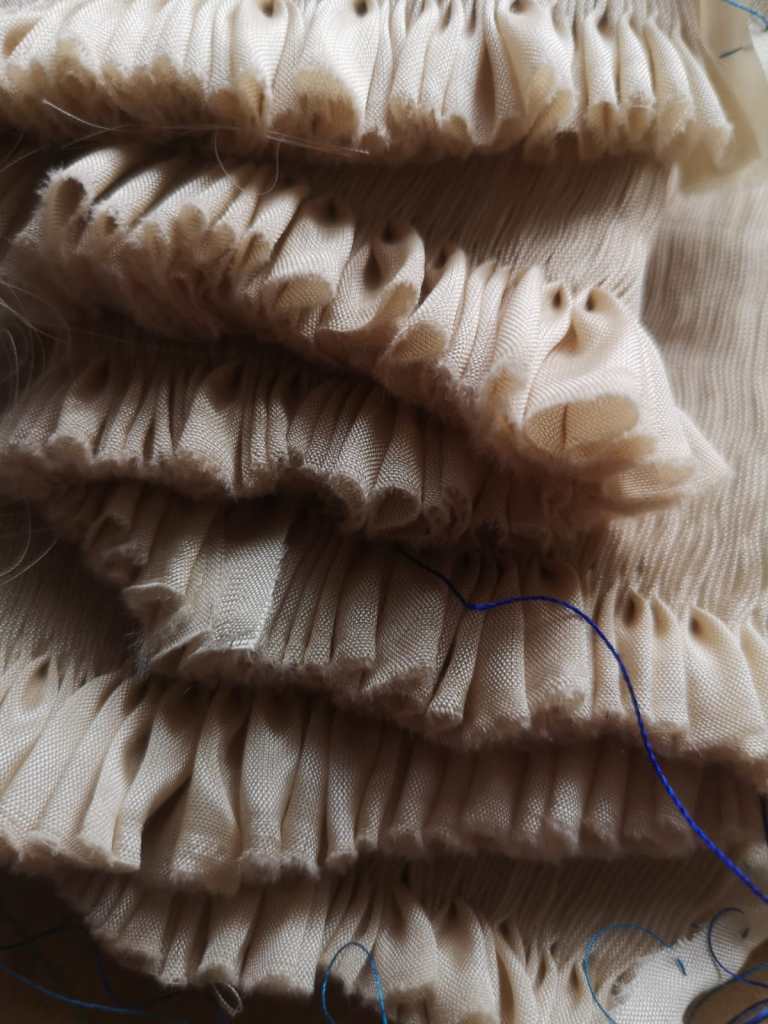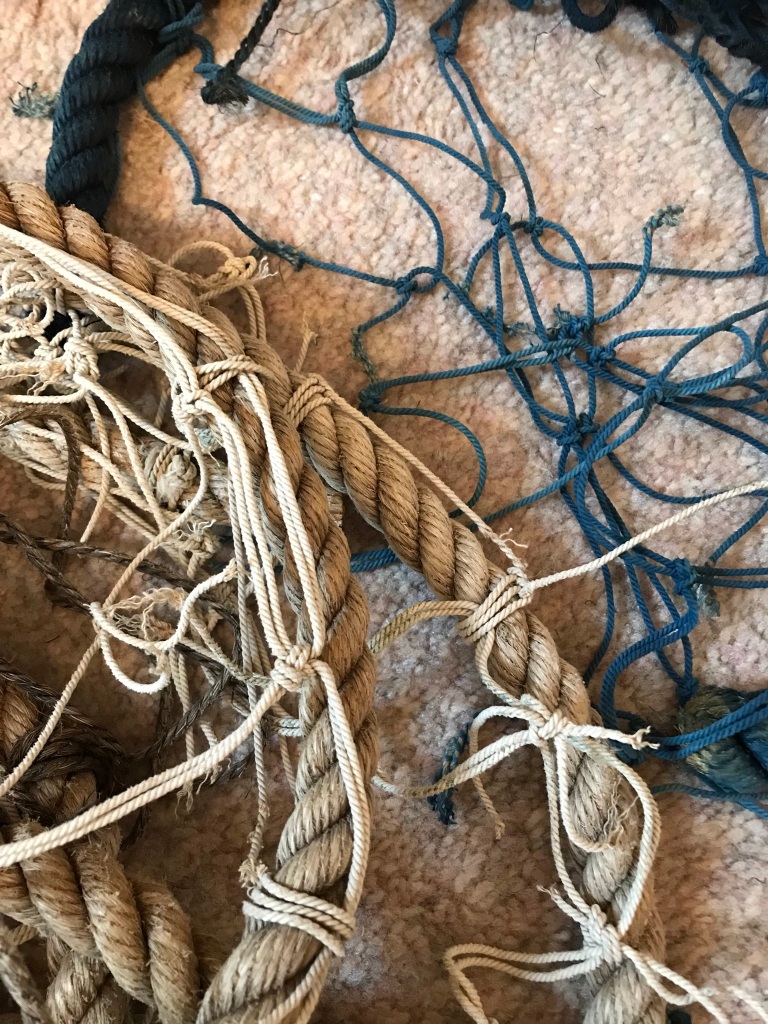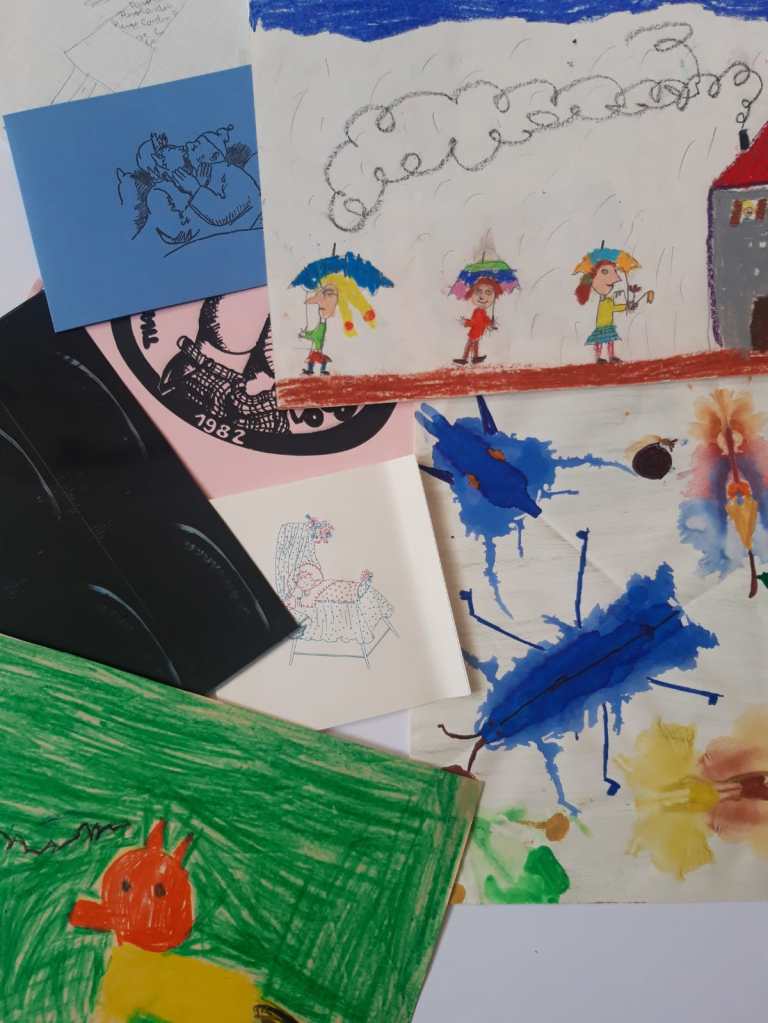Moving away from our collaboration in the last two posts which reminded me there is something very comforting about working together as a group. Of course …. we knew this already, when like minded people come together a wonderful time is had by all. This is not always easy though.
Within Quinary it is not very often we are able to meet in person as we are widely spread. Prior to Covid we used to meet in London once a month, not very easy for our lovely members who live in Germany, Moni and Monika. The rest of us live in the UK; Jean in Bedfordshire, Marilyn in Warwickshire, Marian in Cambridgeshire and me, Caroline in West Sussex. We do however meet each month online, we can see each other and look at each others work or new ideas we are working on. Its a good time to talk about any problems we may have with our work …. someone will always come up with an answer!! We do have working together days …. over two or three days online. We speak in the morning then spend the day working on whatever is current at the time, new ideas or working towards an exhibition for example. Then, in the afternoon we speak again online for a show and tell session! It works well. The most important thing to us is that we support each other even if we are miles apart. Although we work alone we really enjoy each other company when we meet and come away from having had a happy and rewarding time.
Here in Worthing, where I live, we have two embroidery/textile groups that were once Embroiderers Guild branches, one on Saturday and one on Tuesday. As you may know the Embroiderers Guild no longer have local branches. The two groups like lots of others throughout the country wanted to remain together and became an independent group. Both our local groups stayed together and are thriving, the Saturday group to which I belong was reborn as ‘Coastal Threads’ and its a strong, happy group who meet monthly, just like Quinary, but face to face! Yesterday’s meeting was a stitching afternoon, working together on whatever we have on the go or taking on the challenge of working with a single stitch and see where it takes you ….mine was fly stitch. Everyone (well nearly everyone) took on one of three different stitches and it created a lot of chat, thought and unpicking (the person opposite me said she unpicked her Cretan stitch four times!!). There was lots of laughing too.

Just like the Quinary meetings I came away inspired and happy, Who would of thought I would get excited over Fly Stitch!!!




